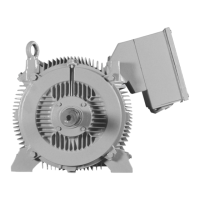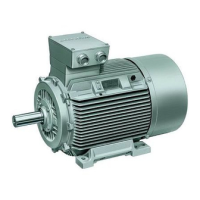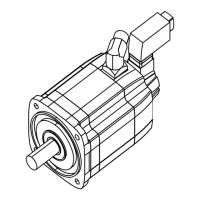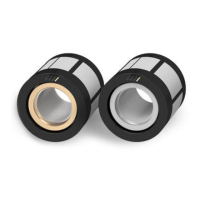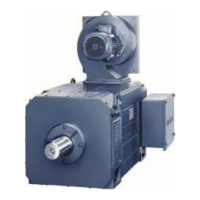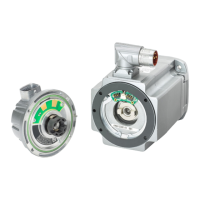≤ 1000 V 14 mm
≤ 1250 V 18 mm
Values apply at an installation altitude of up to 2000 m.
When determining
the required minimum air clearance, the voltage value in the table may be increased
by a factor of 1.1, so that the rated input voltage range is taken into account during general use.
6.2.8 Cable ends with wire end sleeves
Preferably use end sleeves instead of soldering cable ends. Before connecting, correctly clamp
the end sleeve onto the cable to establish a connection capable of conducting current.
WARNING
Securely and reliably clamping and enclosing the end of the conductor
If
the
end of the conductor is not correctly enclosed by the end sleeve, but is clamped together
with it, then this can lead to overheating. The temperature class of the machine can be
exceeded. This can trigger ignition of an explosive mixture. This can result in death, serious
injury or material damage.
● Insert only one conductor end into each end sleeve. Attach the end sleeve correctly.
6.2.9 Connection with terminal board
Note that
for terminal boards with U-shaped terminal clamps, the conductors to be connected
must be placed under the terminal clamps in a U shape. Alternatively, with multi-stranded and
finely-stranded conductors, evenly divide the conductor (into two parts) and lay in a straight
line under the U-shaped terminal clamps.
See sketch!
Image 6-2 Example for conductor connection
Electrical connection
6.2 Connecting
LOHER CHEMSTAR 1PS2
Operating Instructions 08/2016 59

